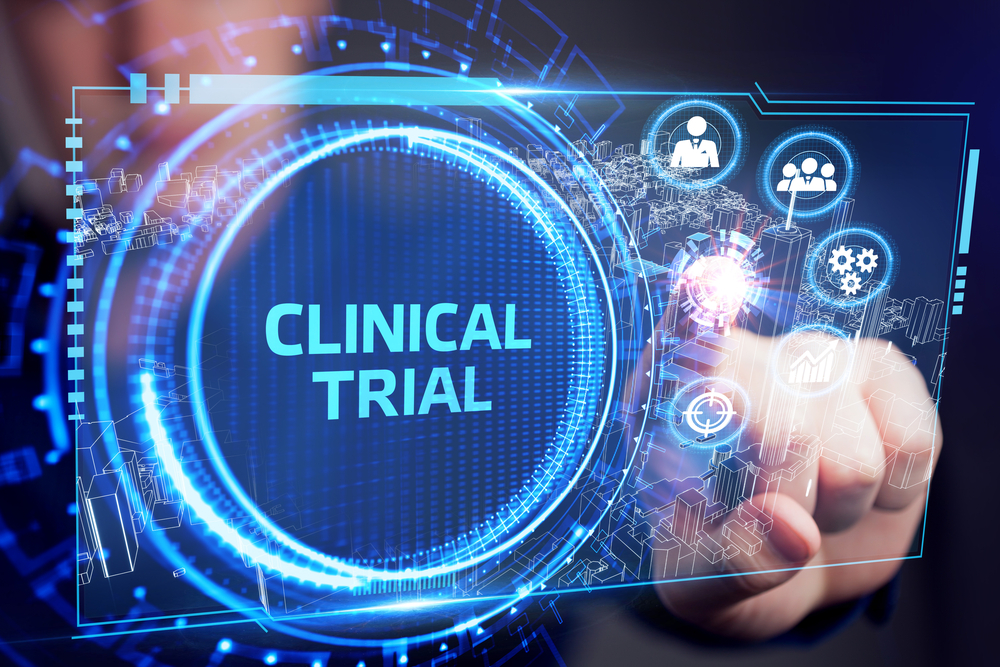Featured
Clinical trials play a role in the advancement of medical treatments and therapies. These trials involve monitored tests and observations conducted on volunteers to gather data on the safety, effectiveness, and potential side effects of possible treatments before they can be made available to the public. Clinical trials consist of phases, each with its specific objectives and procedures. In this post, we will explore what participants can anticipate during each phase of a clinical trial.
Different Phases of Clinical Trials: What to expect

Phase 0: Exploratory Studies
Phase 0 clinical trials are also known as microdose studies. Among the phases of clinical trials, they are relatively small in scale and aim to gather information about how drugs or therapeutic agents behave within the human body. During this phase, investigators administer doses of the treatment to a limited number of volunteers (usually fewer than 15). Participants undergo observation while their bodily fluids and tissues are analyzed to gather data on drug metabolism.
Although phase 0 studies may not directly benefit patients therapeutically, they provide researchers with pharmacokinetic data that inform subsequent phases.
Phase I: Safety Evaluation
In phase I of trials, researchers assess the safety and dosages of treatments on a larger group of volunteer participants. This involves studying how concentrations of the treatment impact both healthy individuals and patients with medical conditions. The main goal at this stage is to establish dosage levels.
Apart from monitoring dosage safety, phase I trials also aim to gain insights into administration methods, potential side effects, drug interactions, and overall tolerability. Researchers conduct examinations and frequent follow-ups with participants during this phase.
Phase II: Efficacy Assessment
Moving on to phase II trials, the focus shifts towards evaluating the effectiveness of a treatment for a particular disease or condition. By involving a pool of participants (ranging from a dozen to several hundred), researchers can obtain a better understanding of the treatment’s benefits.
Participants in phase II trials are carefully chosen based on criteria defined by researchers or available on clinical research websites. The objectives include determining optimal dosage ranges, assessing safety in a population, and identifying any possible adverse effects. Additionally, researchers remain vigilant for improvements in patient symptoms or disease progression during this stage.

Phase III: Comparative Evaluation
Phase III trials take place when promising results have been obtained from other phases. These trials are most common among patients with the disease or condition being studied and involve enrolling a number of participants recruited globally ranging from hundreds to thousands.
Typically, phase III trials compare the treatment with existing standard-of-care treatments or placebo groups. The goal is to assess if it is better, not worse (non-inferior), or equally effective (equivalence) compared to treatments. Researchers gather data on aspects such as safety, effectiveness, dosing frequency, and improvements in quality of life and analyze how patients respond on a large scale.
Throughout this phase, participants receive assessments and ongoing follow-ups as outlined in the research protocol.
Phase IV: Post-marketing Surveillance
Phase IV clinical trials occur after regulatory agencies approve a treatment for use, and it transitions into real-world application. It is implemented within practices to evaluate the long-term benefits of a drug, identify any rare side effects that may not have been initially apparent due to limited sample sizes in earlier phases, and track any changes over time.
The process of implementation focuses on gathering information about the safety profiles and therapeutic benefits in populations over extended periods of time.

In Conclusion
Participating in a clinical trial is a contribution to supporting medical advancements for one’s own health condition or potentially benefiting future patients worldwide. Each phase of these trials aims to address research questions that drive the development of therapies. From studies to establishing drug efficacy, all phases require careful methodologies and effective collaboration between participants, researchers, and relevant authorities. Understanding the phases and their purposes allows potential trial participants to make informed decisions confidently while promoting medical knowledge for the greater good.
Image Credit: depositphotos.com





























